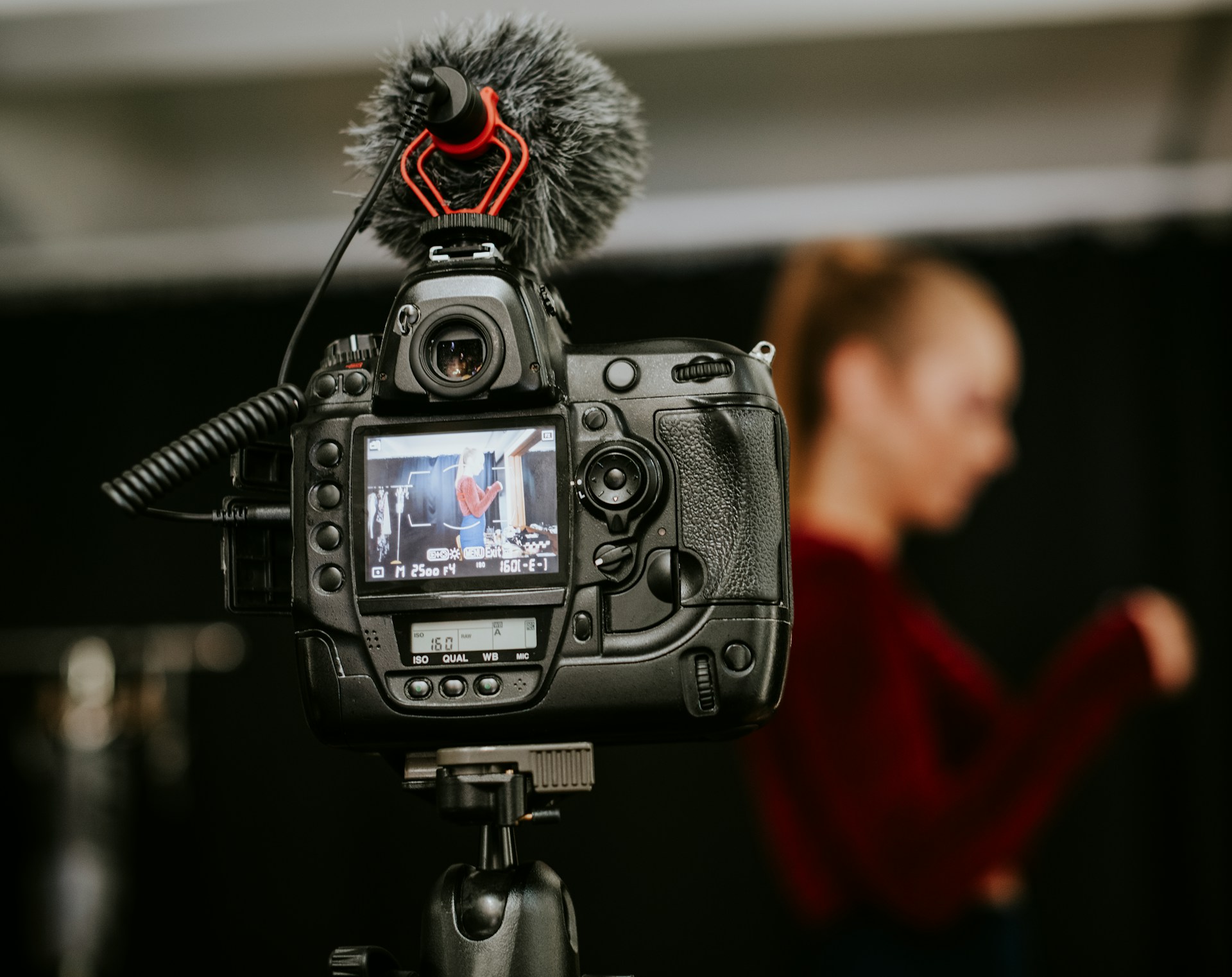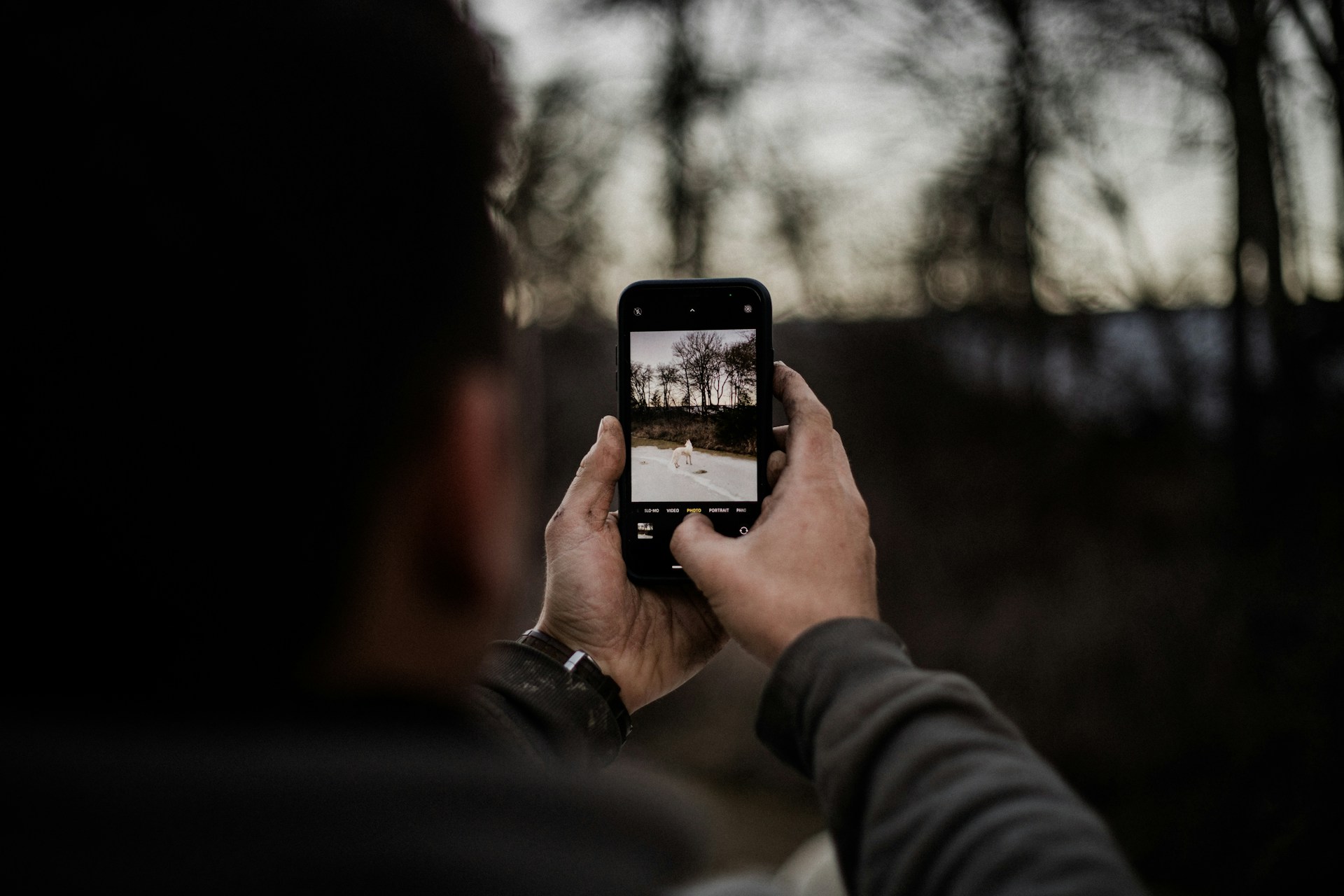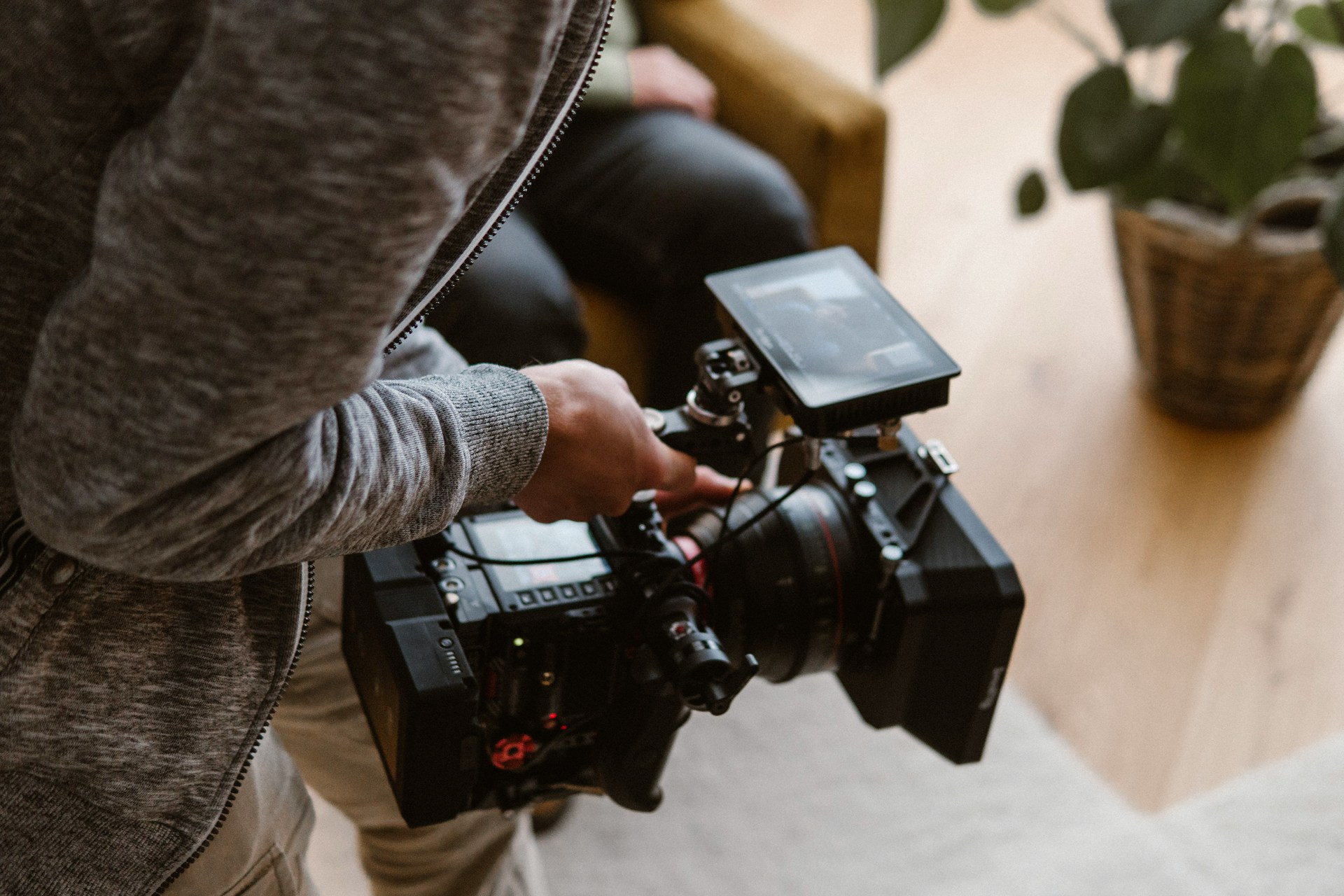Creating a corporate video is about more than just setting up a camera and pressing record. One of the most crucial yet often overlooked elements is lighting. Good lighting can transform an ordinary shot into something extraordinary by highlighting the details that matter most. It sets the mood, enhances the story, and captures the viewer’s attention right from the start.
The role of lighting goes beyond mere visibility. It helps convey the message more effectively by setting the right tone and mood. Different lighting setups can evoke diverse emotions, whether it’s the warm and inviting glow for a welcoming feel or a sharp, bright light for a more professional tone. Using the right lighting techniques can ensure your corporate video delivers its message clearly and keeps the audience engaged.
Understanding and utilising the right lighting is essential for video production. It’s about choosing the right tools and techniques to create a visual impact that speaks volumes. With the proper lighting setup, corporate videos can become a powerful tool for communication and engagement.
Understanding the Role of Lighting in Corporate Videos
Defining the purpose of lighting is essential for anyone involved in corporate video creation. Lighting does more than illuminate. It highlights important elements and guides the viewer’s attention to where it should be focused. It can add depth and dimension, making visuals more compelling and engaging.
Lighting sets the mood and tone of a video, playing a crucial role in how the content is received. For instance, soft, warm lighting creates a welcoming and friendly atmosphere, ideal for human resources messages or team introductions. On the other hand, bright, white lighting conveys professionalism and clarity, suitable for presentations or product showcases. By strategically using lighting, you can evoke specific emotions, affecting how the audience reacts to your message.
The impact of lighting on audience perception cannot be understated. Proper lighting makes video subjects appear more appealing and trustworthy, which is crucial for corporate communications where credibility matters. Dark or harsh lighting can create unwanted shadows or make subjects look unappealing, distracting viewers from the message. Good lighting ensures your videos look polished and professional, enhancing your brand’s image.
Types of Lighting and Their Uses
Understanding the types of lighting and their uses is pivotal in video production. Natural lighting, such as sunlight, is ideal for creating a soft and realistic feel. However, it can be unpredictable due to weather and time constraints. Alternatively, artificial lighting offers controlled and consistent light, essential for maintaining a professional look regardless of external conditions.
Key, fill, and back lighting are fundamental concepts. Key lighting is the primary source that highlights the subject, creating a specific focus area. Fill lighting softens shadows caused by key lighting, ensuring that details are visible. Back lighting adds depth by separating the subject from the background, which adds a three-dimensional feel to flat images.
Using soft and hard lighting depends on the desired effect. Soft lighting eliminates harsh shadows, making it suitable for interviews and close-ups where clarity and detail matter. Hard lighting, on the other hand, creates strong contrasts and shadows, adding drama and intensity. Selecting the right type of lighting ensures your corporate video communicates its intended message clearly and effectively.
Techniques for Effective Lighting Setup
Creating a professional-looking corporate video involves mastering effective lighting setup techniques. Start with familiar setups like three-point lighting, which uses key, fill, and back lights. This method illuminates the subject from different angles, giving them depth and dimension. It’s an excellent choice for formal settings like interviews or presentations.
Avoid common mistakes such as relying solely on overhead lights, which can cast unflattering shadows and create a dull appearance. Instead, use directional lighting to control where the light falls. Pay attention to reflections and glare, especially if your subject wears glasses or if there are mirrored surfaces nearby. These elements can distract from the subject and reduce video quality.
For achieving professional results, consider the following tips:
- Use diffusers or soft boxes to soften the light and reduce harshness.
- Adjust the intensity of lights so they complement each other instead of competing.
- Test different colour temperatures to find the one that best suits the mood of your video.
By carefully setting up your lighting, you ensure the video not only looks good but also effectively communicates the intended message.
Optimising Lighting for Different Corporate Scenarios
Lighting needs vary significantly based on the type of corporate video you’re producing. For interviews and presentations, balanced lighting highlighting the speaker’s face is critical. You want the speaker to appear professional yet relatable, so ensure the lighting is even without harsh shadows.
When setting the scene for training videos, the focus should be on clarity and visibility. Use lighting to eliminate shadows and highlight the action, especially if demonstrating a product or process. This precision helps viewers follow along with ease and enhances their learning experience.
Adjusting lighting for different locations and times of day involves understanding how natural light interacts with artificial setups. In outdoor settings or bright indoor areas, additional lights might be required to balance out natural overexposure. Conversely, in dim venues, enhancing lighting will be necessary to avoid grainy footage.
Conclusion:
Lighting is a powerful tool that shapes the quality and effectiveness of corporate videos. It sets the scene, conveys tone, and influences audience perceptions. By implementing the right lighting techniques, you elevate both the aesthetic value and communicative power of your videos, ensuring they resonate well with viewers.
Lighting mastery requires practice and attention to detail. Each video offers a chance to refine and adapt techniques, boosting both skill set and final product quality. When videos look and feel professional, they build trust and credibility, creating a lasting impact on audiences.
Elevate your corporate video production with On Air’s professional lighting solutions. Our expertise helps create compelling, high-quality videos that capture your brand essence perfectly. Connect with us today to transform your corporate storytelling.






